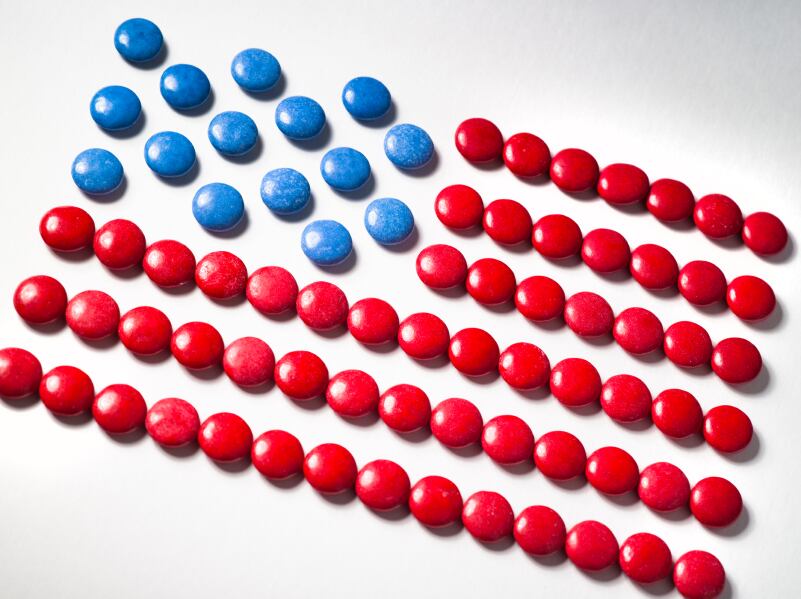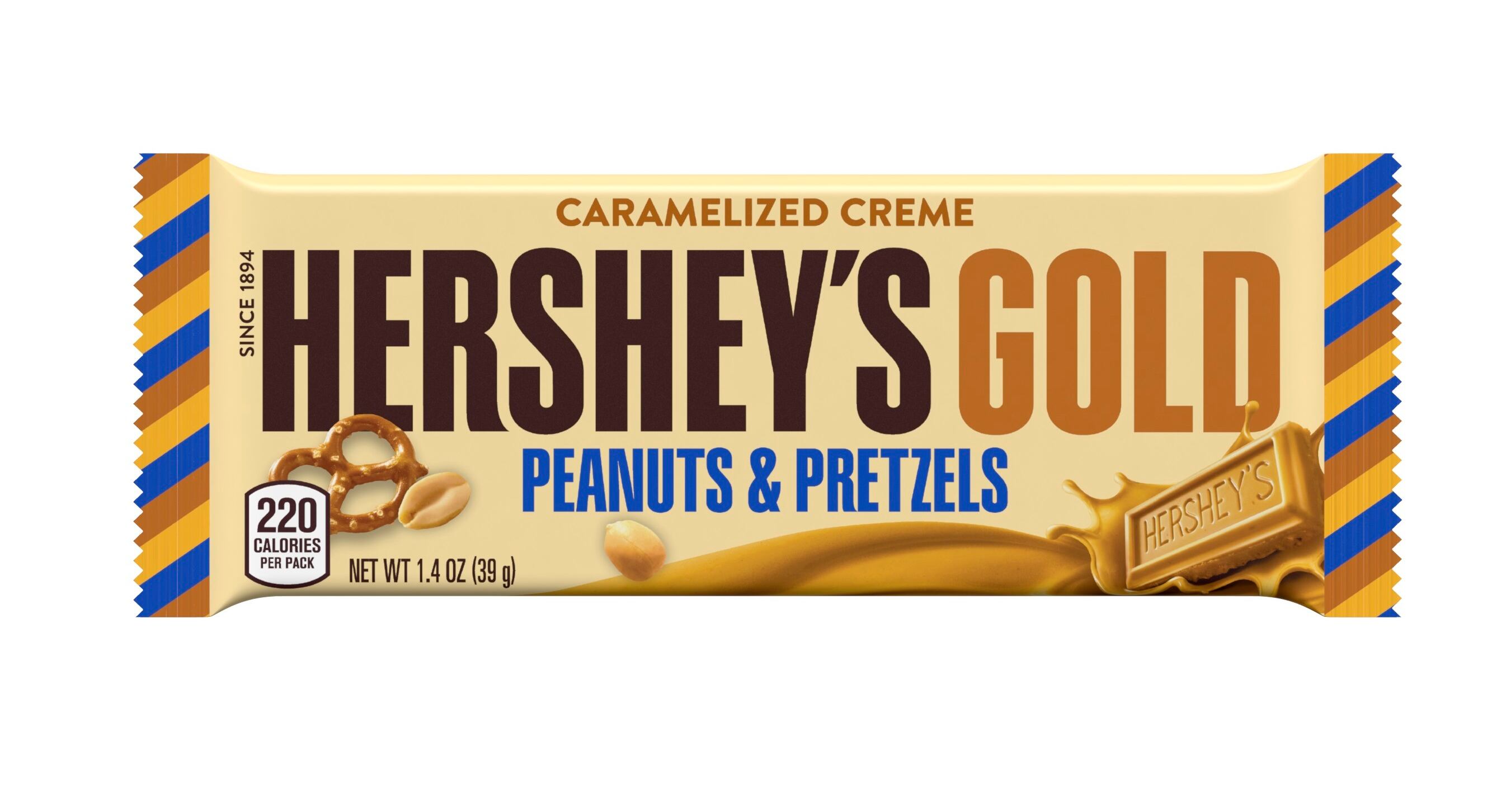Nestlé this year exited US chocolate, offloading brands such as Crunch and Butterfinger, after its US confectionery business experienced year-on-year sales declines between 2015 and 2017.
Lindt – which has consistently outperformed the overall chocolate market in recent years – also reported sales declines in the US last year.
However, SIG claims US chocolate remains attractive.
Growing US chocolate market

Retail value sales in US chocolate confectionery hit $18.94bn in 2017, representing a compound annual growth rate (CAGR) of 2.8% since 2012, according to Euromonitor International.
The market data provider predicts US chocolate sales will record a CAGR of 1.4% up to 2022, compared to 1.6% in the global chocolate market.
The US is the world’s largest chocolate market, accounting for 18.5% of global sales.
‘Category remains relevant’
Pablo Zuanic, an analyst at SIG, said in an analyst note: “Chocolate, although up low single digits, remains among the best performing categories in mainstream Consumer Packaged goods (CPG) food products.”
“Unlike categories like soup and ready-to-eat (RTE) cereal, chocolate pricing has been robust and certainly less erratic,” he said after SIG hosted an investor lunch with Hershey last week.
“So the category remains relevant,” he said.
Average chocolate prices stood at $1.99 for the 26 weeks ending June 25, 2017, according to IRI, two cents higher than the same period the prior year.
Product innovation: Hershey’s Gold and M&M’s Caramel
SIG said NPD investment from major brands such as Hershey’s Cookie Layer Crunch, Mars’ M&M’s Caramel, Hershey’s Gold and Reese’s Outrageous will help drive category growth.
Zuanic added merchandizing and floor displays for chocolate “continue to get better”, with the exception of one retail channel.
“Channel trends remain favorable, except for the drug store channel, where partly due to retailers' moves, increased ‘health’ focus among some, the category has seen some softness.
Two major players

Hershey (31.1% market share in 2017) and Mars (27.1%) dominate the US chocolate market, according to Euromonitor International.
Hershey extended its lead last year by 0.2% as Mars dropped 0.1% and Lindt (9.3% of sales) dropped 0.2%.
“This has been more of an issue for the gifting companies like Ferrero,” he said.
Lindt also reported challenges in drug stores as its NAFTA region sales declined 1.6% in 2017.
Indulgent treat niche
But Zuanic said Lindt’s 2014 deal for Russel Stover for around $1.6bn and Ferrero’s recent deals for Ferrara Candy and Nestlé’s US confectionery business are proof the US chocolate market is appealing.
“So despite consumers' health and wellness trends, chocolate has remained resilient in its ‘indulgence/treat’ niche,” he said.
But health trends are creating a changing marketplace.
Big US chocolate firms, including Mars Ferrero and Lindt, last year pledged half of their individually wrapped products will contain 200 calories or less per pack by 2022, while brands are exploring other categories outside chocolate.
At the 2018 Consumer Analyst Group of New York (CAGNY) conference, Mondelēz said it will expand its ‘mindful snacking’ options and Hershey said it was looking to acquire companies in the “$100bn snack wheel”.
However SIG estimates chocolate will remain Hershey’s main business in the near future.
“The core remains the priority, and snack diversification comes second,” said Zuanic.
Hershey’s recently acquired Amplify Snacks business will account for around 5% of group revenue, according to SIG.
“All in, we’d be surprised if snacks were more than 10% of Hershey’s sales in the next five years,” said Zuanic.
Hershey forecasts its 2018 organic net sales will increase by 2% versus last year, while it predicts reported net revenues will climb 5-7% over the same period.
